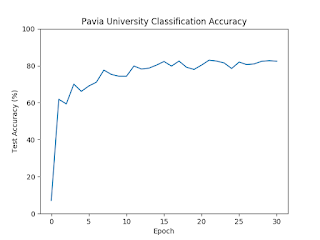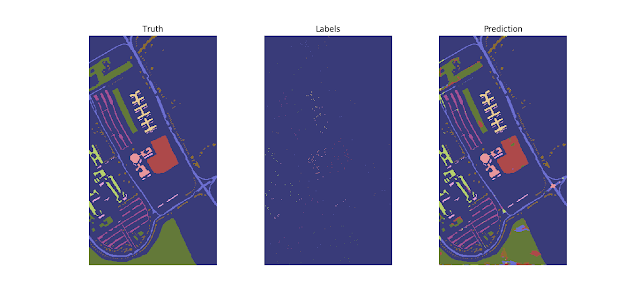Day 31
Presentation day! I'll admit that I was pretty nervous before going up to present. There wasn't much reason to feel so pressured, but the other interns did so well, so it felt like there was a standard to be met. As per tradition, my presentation was under time, even though it was over time when I was rehearsing the night before. Not a big deal. My biggest concern going into today was that nobody would understand what I was talking about. After presenting, I still got the feeling that nobody understood what I was talking about. I guess I'll never know for sure. Dmitry did ask a good question though (to which I provided a mediocre response), so I suppose that proves something. I think all of the interns did really well today, and this was a great way to end the internship. Postmortem time! Coming into this internship, I had nagging doubts about the program, most of which, to be honest, revolved around it being unpaid. These doubts were first addressed on the day of my ...





